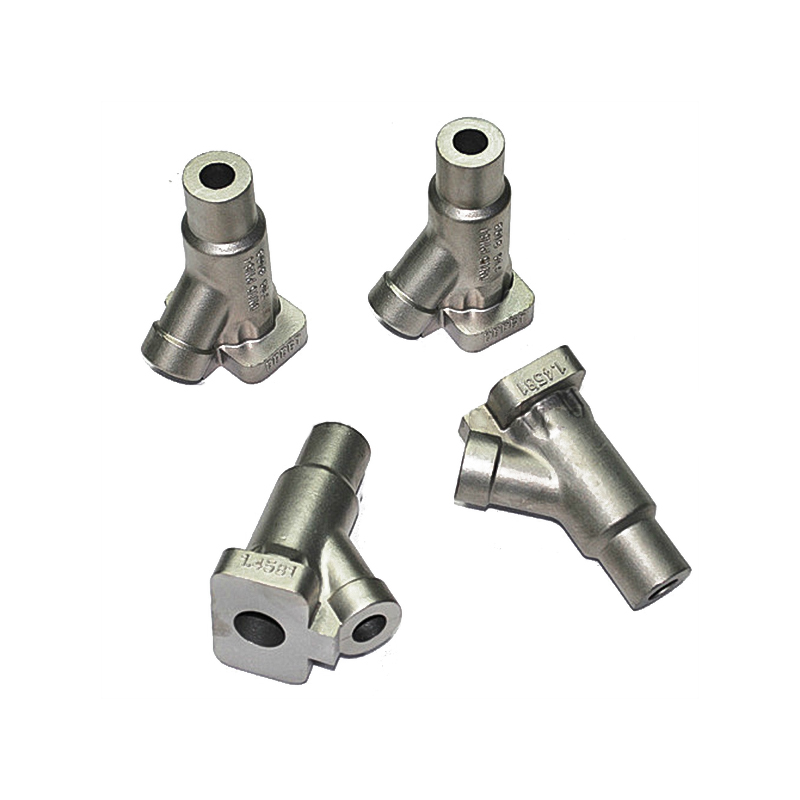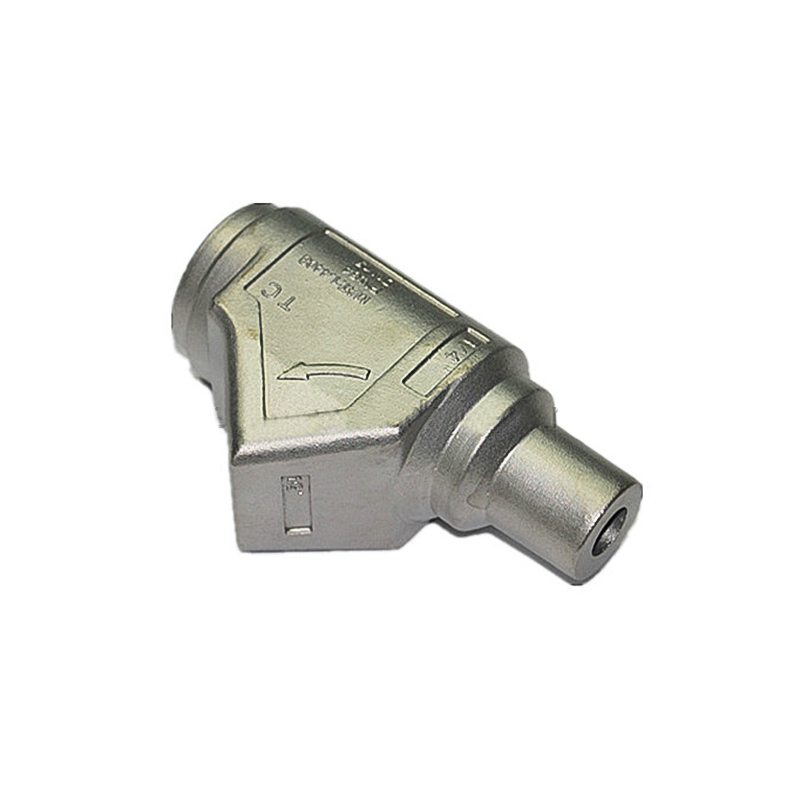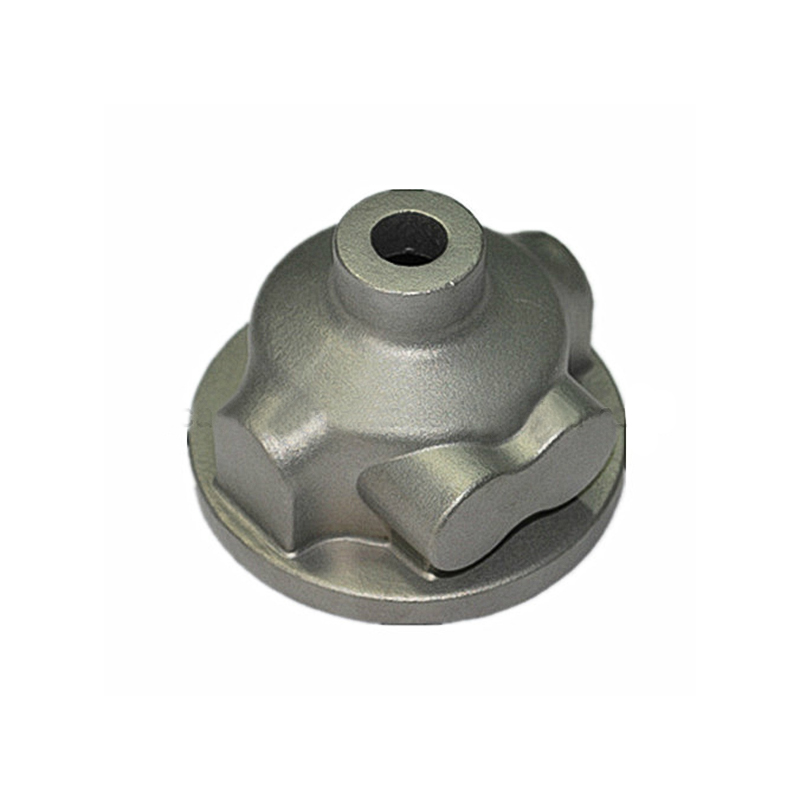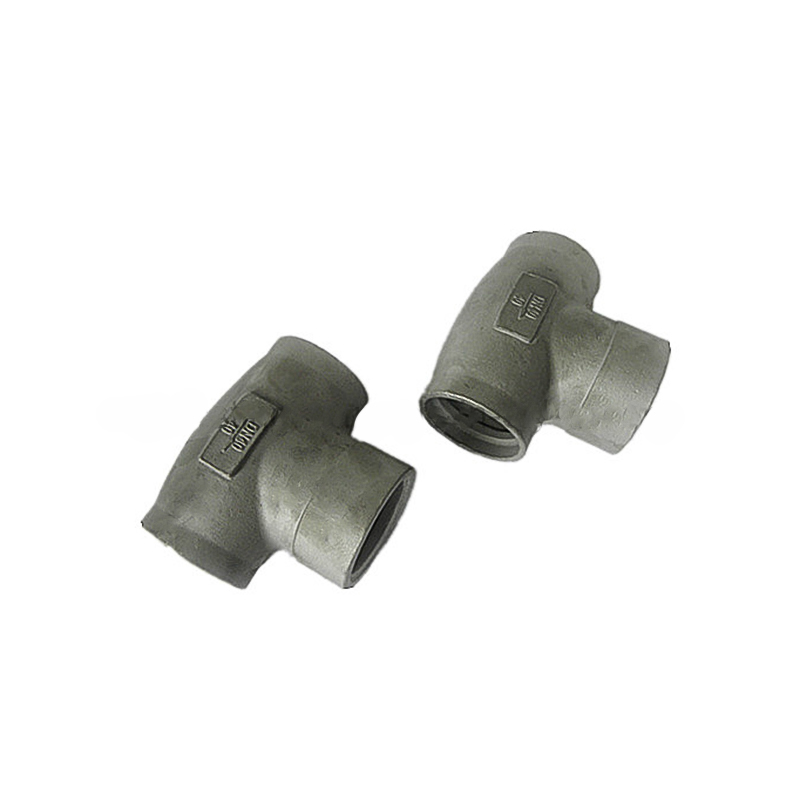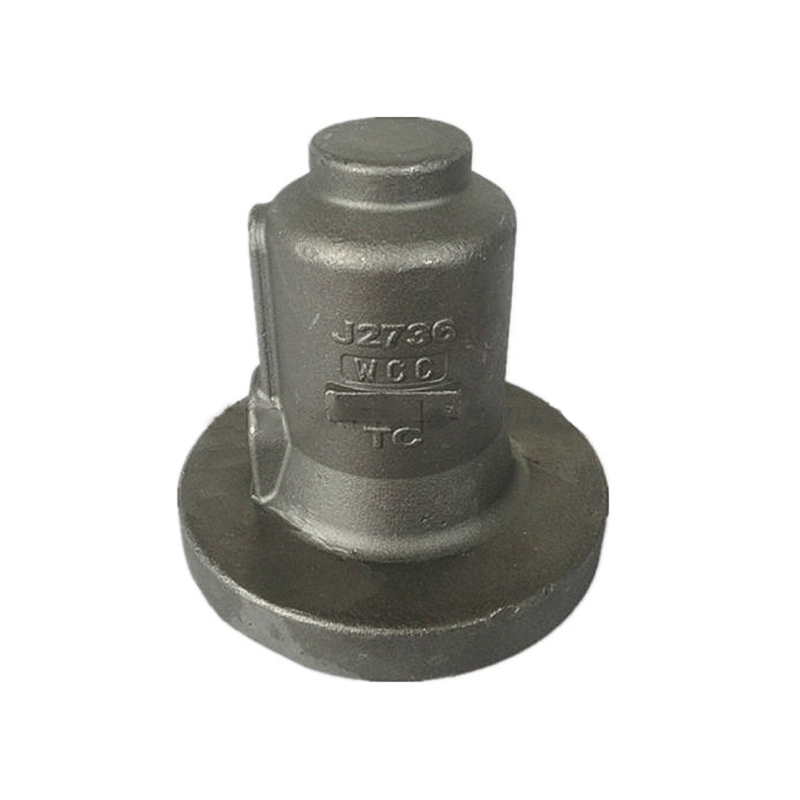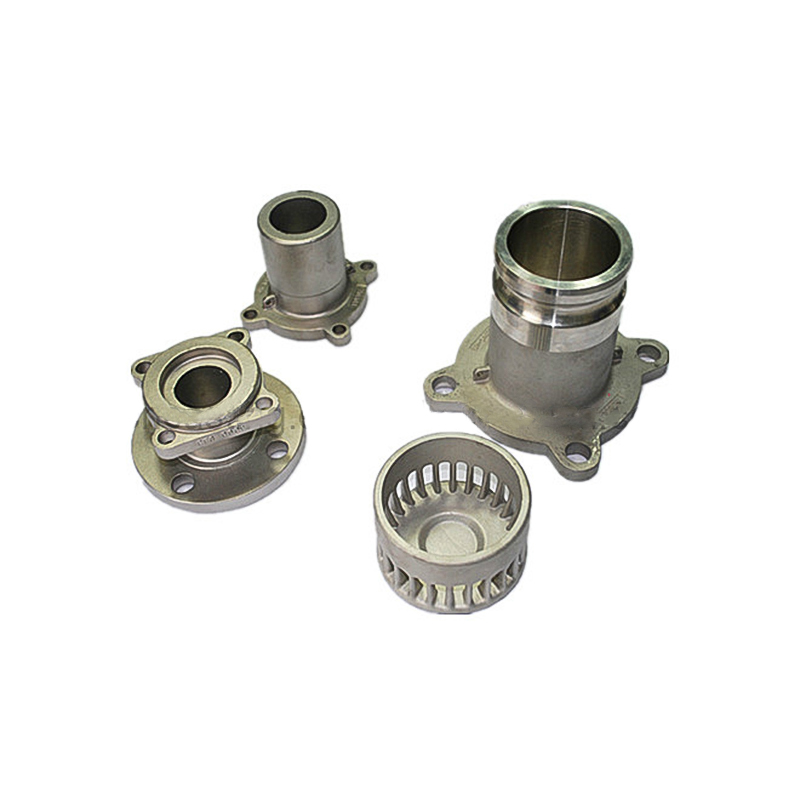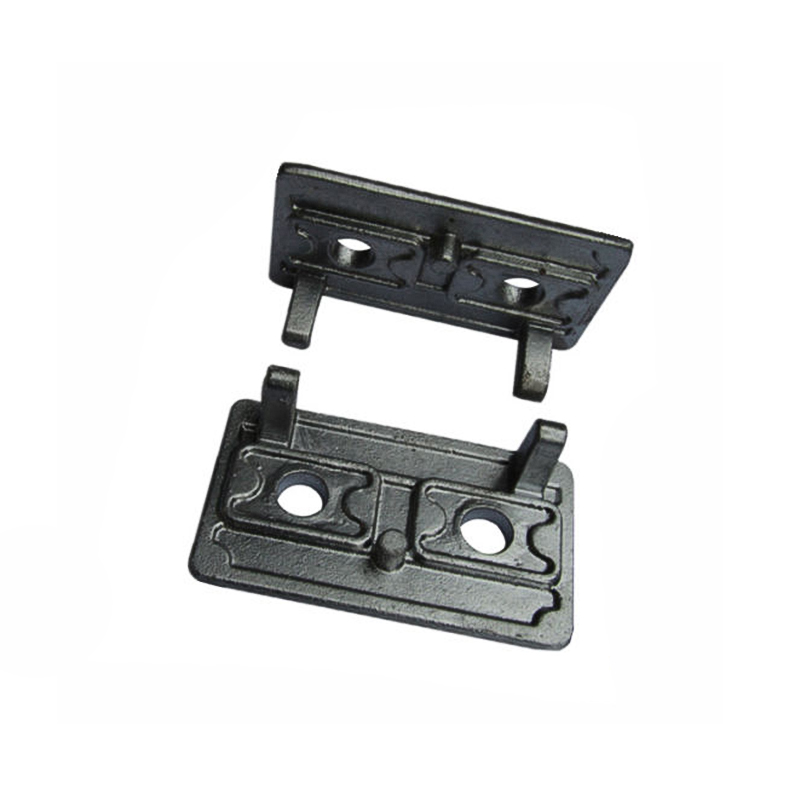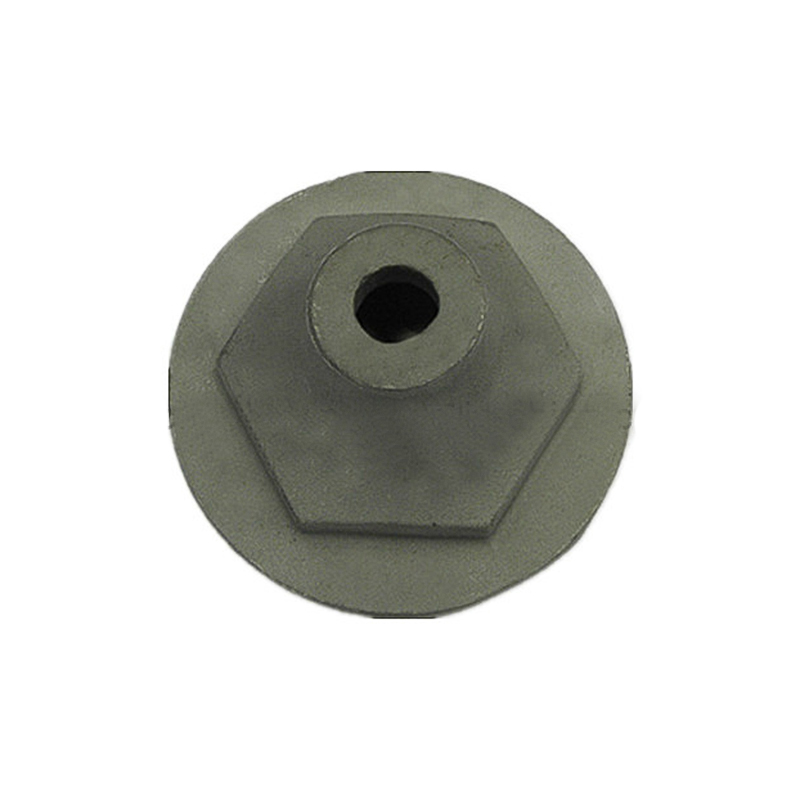Importance and Application of Hydraulic Parts in the Automotive Industry
Hydraulic system is one of the core technologies in modern automobiles. Hydraulic parts play an irreplaceable role in improving vehicle performance, comfort and safety. From power steering to brake system, to suspension and automatic transmission, hydraulic technology runs through almost all key components of automobiles and becomes the core support of many important systems.
Basic Concept of Hydraulic Parts
The core of hydraulic system is to use liquid (usually hydraulic oil) as the transmission medium to convert energy through liquid flow and pressure changes. Hydraulic parts are an indispensable part of hydraulic system. They are responsible for generating, transmitting and controlling hydraulic energy to ensure the efficient operation of hydraulic system. Hydraulic parts mainly include:
1. Hydraulic pump: responsible for converting mechanical energy into hydraulic energy and providing power for hydraulic system.
2. Hydraulic cylinder: Hydraulic cylinder converts hydraulic energy into mechanical energy and performs linear motion. It is a component in hydraulic system used to complete actual work.
3. Hydraulic valve: Hydraulic valve is used to control the flow direction, flow rate and pressure of hydraulic oil, so as to adjust the working state of hydraulic system.
4. Hydraulic pipes and pipe joints: Hydraulic pipes connect various components and are responsible for the transmission of hydraulic oil. Pipe joints ensure the sealing of the system.
5. Seals: Seals ensure that hydraulic oil does not leak, prevent pollution, and maintain the stability of the system.
These hydraulic parts work together to form a complete hydraulic system, which plays a vital role in the car. Hydraulic systems have been widely used in various key automotive components due to their high efficiency, precise control and reliability.
Application areas of hydraulic systems in the automotive industry
Hydraulic systems are widely used in the automotive industry. They not only improve the performance of the vehicle, but also improve the driving comfort and safety.
Power steering system
Hydraulic power steering system is a standard feature of almost every modern car, especially in mid-to-high-end models. The hydraulic power steering system provides power through a hydraulic pump, which reduces the force the driver needs to apply when turning the steering wheel, making the car lighter when driving at low speeds and parking. Especially in large vehicles such as trucks and SUVs, hydraulic steering systems can provide higher power assistance, helping drivers to maneuver easily. Through precise hydraulic control, hydraulic steering systems can improve control accuracy and make the driving experience smoother and more comfortable.
Suspension system
Hydraulic suspension systems are widely used in high-end luxury cars and off-road vehicles. Its core function is to automatically adjust the suspension hardness and body height through hydraulic devices. The hydraulic suspension system automatically adjusts the hardness and height of the suspension and the body by monitoring the vehicle's speed, road conditions and driving conditions in real time, thereby optimizing driving comfort and handling performance. On uneven roads, the hydraulic suspension system can effectively absorb shock, reduce body vibration, and provide a smoother driving experience. At the same time, when driving at high speeds, the hydraulic suspension system can enhance the stability of the vehicle, reduce body tilt, and improve handling and safety.
Brake system
The hydraulic brake system is one of the most common braking technologies in modern cars. Its high efficiency and fast response make it a key component to ensure driving safety. In the hydraulic brake system, hydraulic oil transmits pressure to drive the brake caliper to clamp the brake disc, thereby generating braking force. Hydraulic brake systems can provide higher braking force and maintain more precise control during braking. In rainy and snowy weather, low temperatures or slippery roads, the stability of hydraulic brake systems is particularly important, which can help drivers stop the vehicle quickly and safely, ensuring driving safety.
Automatic transmission
Hydraulic systems also play an important role in automatic transmissions. Hydraulic oil controls the switching of various gears through hydraulic clutches and brakes inside the transmission. The hydraulic system can automatically adjust the gear according to the vehicle's speed, load and other information without the driver's manual operation, achieving smooth gear shifting. The hydraulic system makes the operation of the automatic transmission smoother and more precise, greatly improving driving comfort and efficiency. In high-performance models, hydraulic transmissions can provide a faster shifting experience and improve the vehicle's acceleration performance and power response.
Hydraulic auxiliary system: door, seat adjustment and airbag
Hydraulic systems also play a key role in some automotive auxiliary systems. For example, hydraulic systems can be used for electric door switches and automatic seat adjustment. Seat adjustment systems in high-end cars usually provide multi-angle adjustment through hydraulic devices, including front and rear adjustment, backrest tilt and other functions. In addition, hydraulic technology is also used in some airbag systems, which can provide more sensitive response and control to ensure the safety of car owners and passengers.
Technological progress and innovation of hydraulic parts
With the continuous requirements of the automotive industry for performance, environmental protection and intelligence, the technology of hydraulic parts is also constantly innovating and developing.
Lightweighting of hydraulic systems
With the increasing requirements for fuel economy and environmental protection, automakers have begun to pay attention to the lightweighting of hydraulic parts. By using lightweight materials (such as aluminum alloys, composite materials, etc.) to manufacture hydraulic parts, the total weight of the system can be effectively reduced, thereby improving fuel economy and reducing carbon dioxide emissions.
Intelligent hydraulic control technology
The development of intelligent hydraulic control technology has made hydraulic systems more precise and efficient. For example, the intelligent hydraulic suspension system can automatically adjust the hardness and height of the suspension according to real-time data to adapt to different road conditions and driving needs. In addition, the intelligence of hydraulic systems also makes the diagnosis and maintenance of hydraulic faults more convenient. Through sensors and intelligent control systems, the system status can be monitored in real time and early warning can be given to reduce the risk of faults.
Application of environmentally friendly hydraulic oil
Traditional mineral oil hydraulic oil is gradually replaced by environmentally friendly hydraulic oil. Environmentally friendly hydraulic oil has better biodegradability and less environmental pollution, as well as higher working stability and high temperature resistance. This technological progress provides strong support for the green development of the automotive industry.
Challenges and development direction of hydraulic parts in the automotive industry
Although the application of hydraulic parts in the automotive industry has great advantages, it still faces some challenges. First, the maintenance complexity of hydraulic systems is high, and professional technical support is required for the replacement of hydraulic oil and system inspection. Secondly, hydraulic systems are prone to leakage under high pressure, especially in harsh working environments, and sealing becomes an important factor restricting its reliability and long-term stability.
In order to solve these challenges, the automotive industry is working hard to develop more efficient sealing technology and more durable hydraulic materials, while promoting the intelligent and modular design of hydraulic systems, thereby improving the overall reliability and maintenance convenience of hydraulic systems.



 English
English Deutsch
Deutsch 简体中文
简体中文
